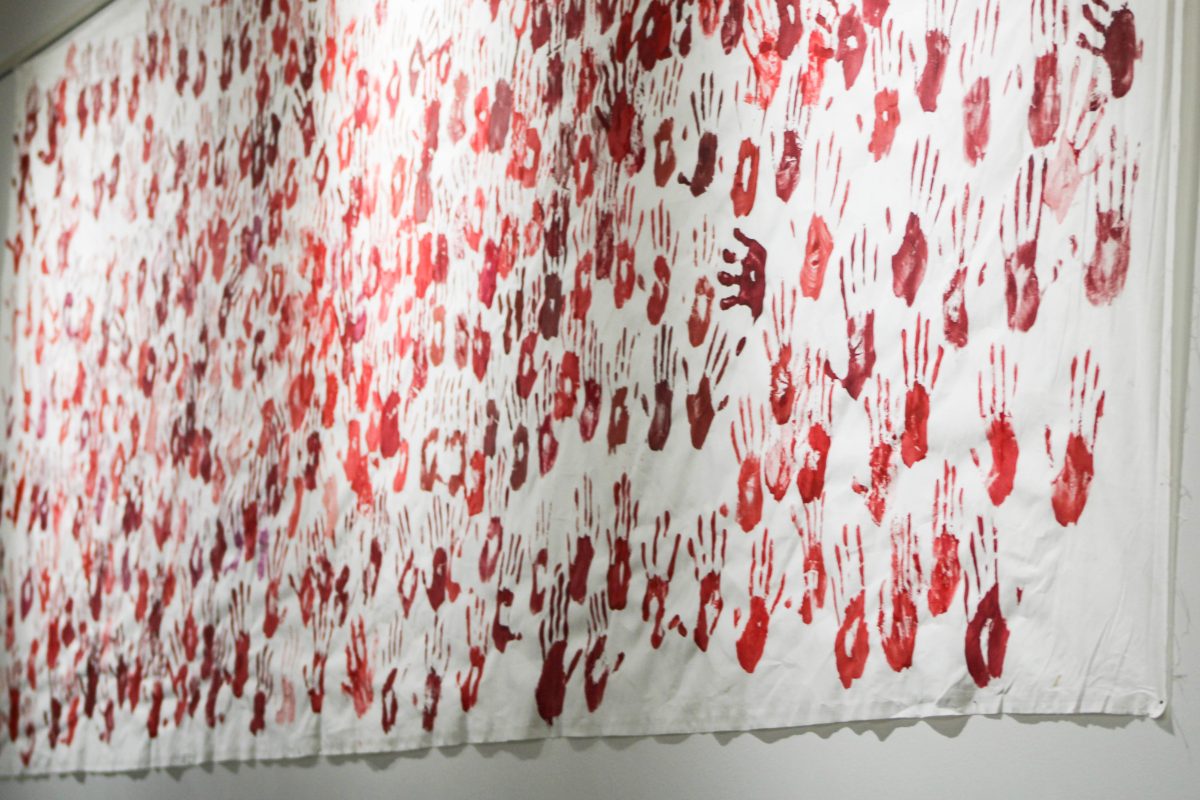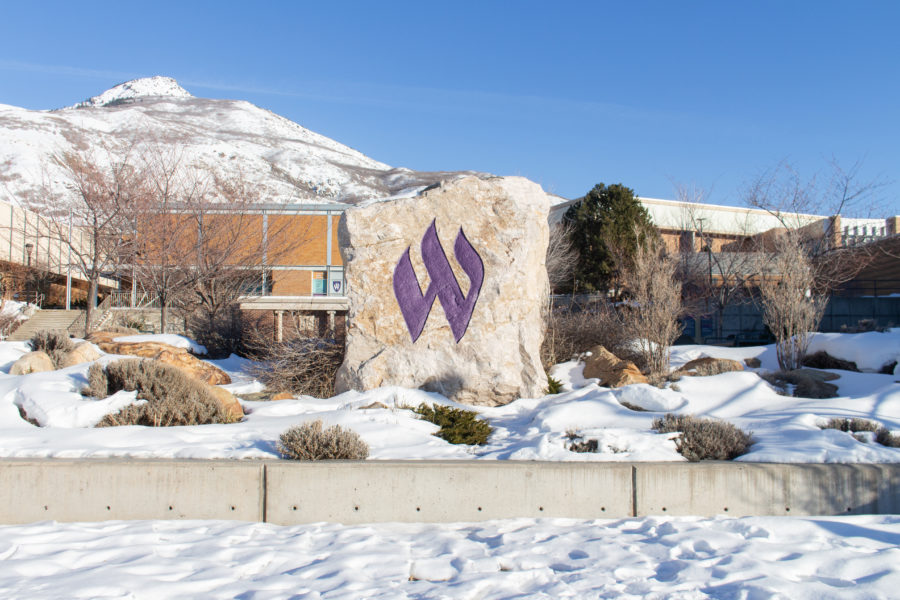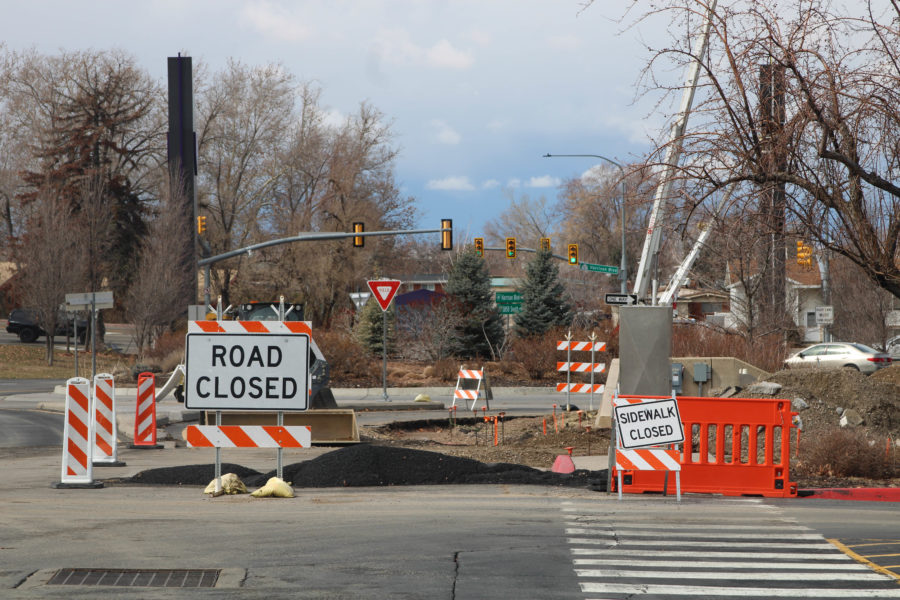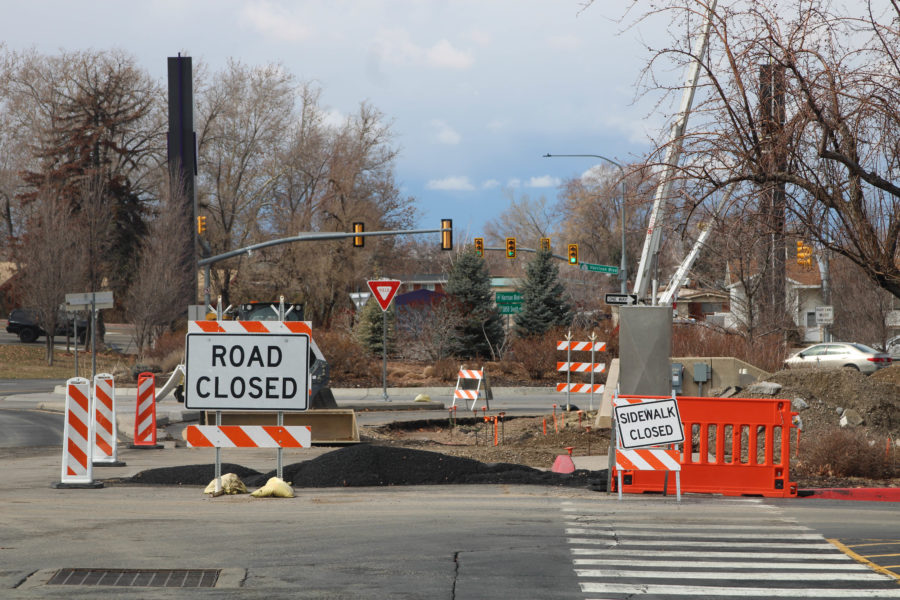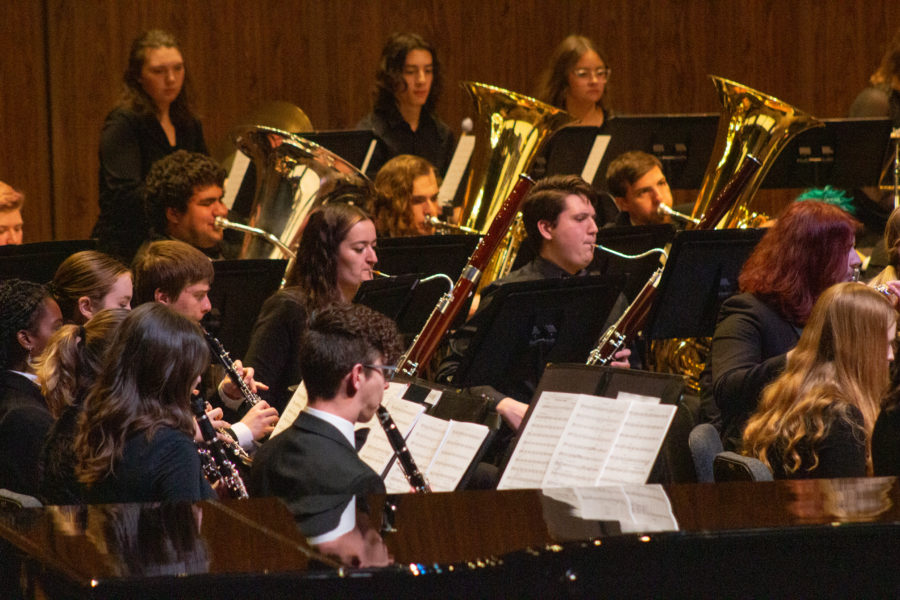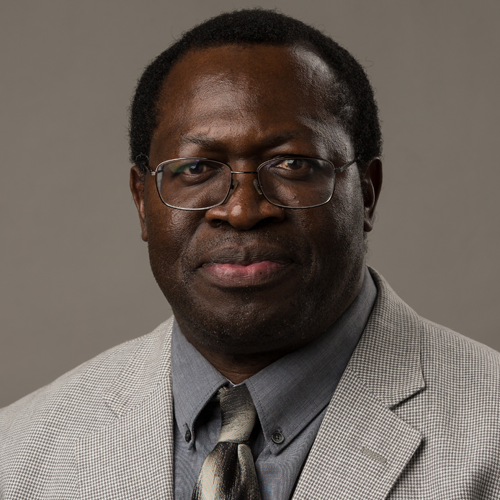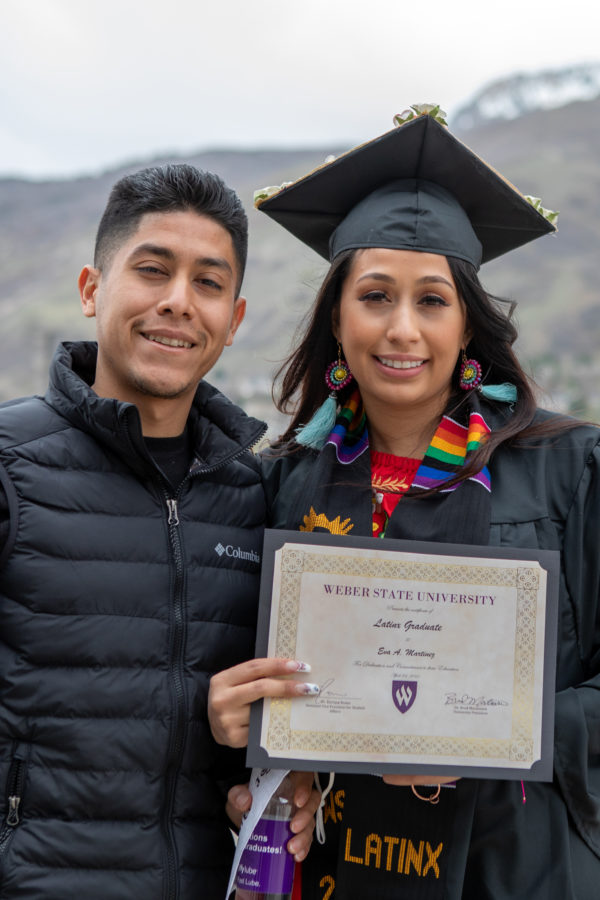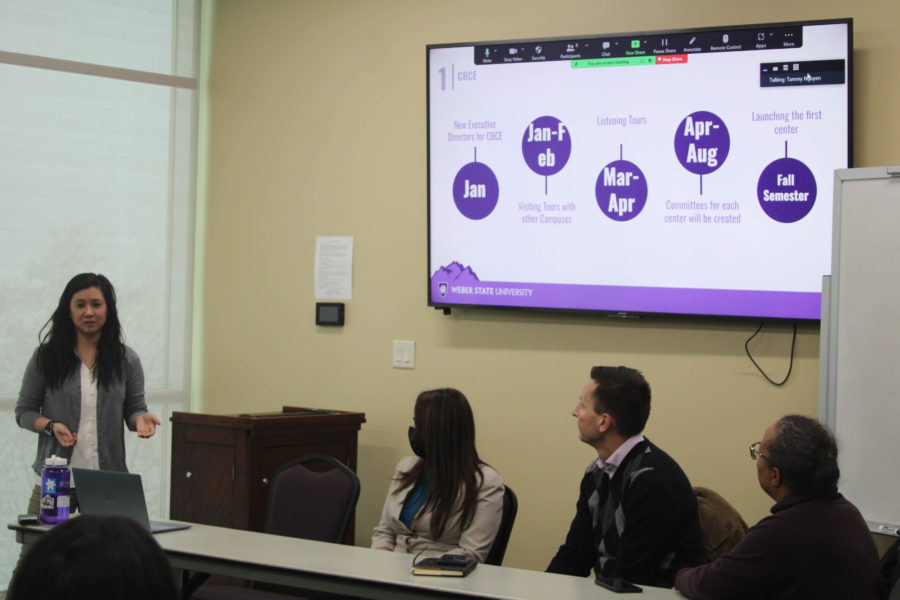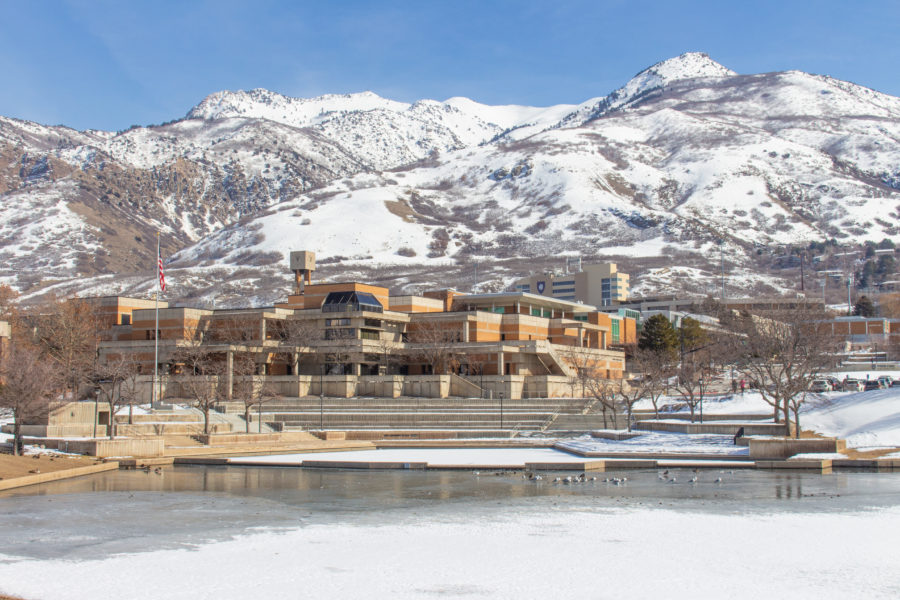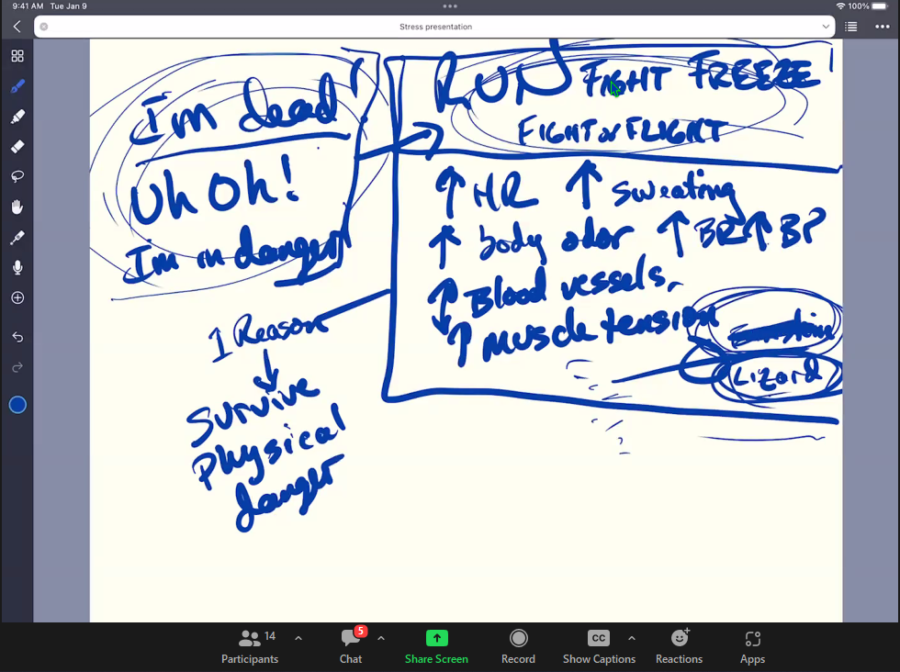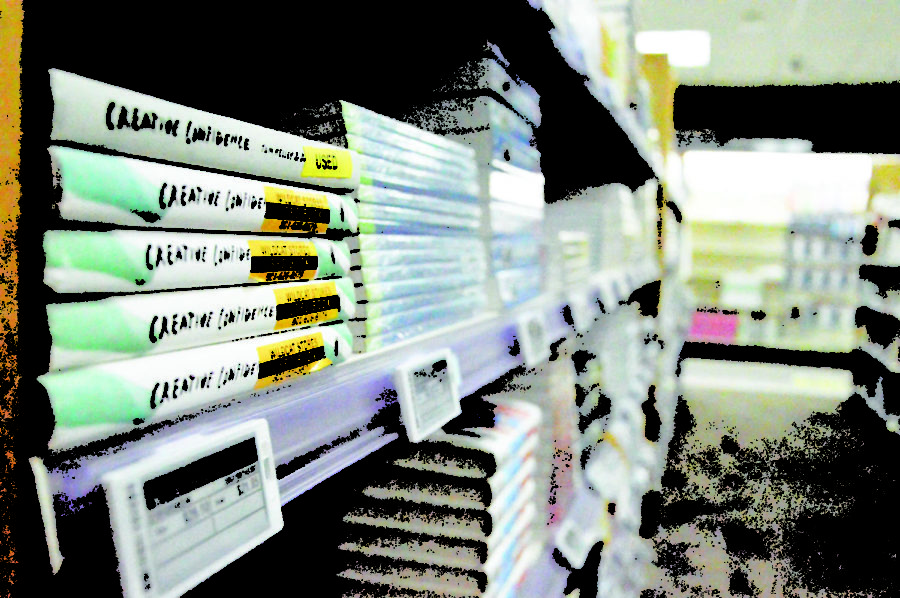
When most people think of the Holocaust, the first thing that comes to mind is the Jewish plight. The mistreatment of Japanese-Americans in the United States during World War II is often forgotten.
Presented by the Weber State University Center for Diversity & Unity, Holocaust remembrance speaker Yukio Shimomura discussed Utah’s Topaz internment camp Wednesday morning. As part of the lecture, Shimomura shared his own experiences living in a U.S. concentration camp.
In an effort to calm the tensions after the Pearl Harbor bombing, President Franklin Roosevelt signed an executive order relocating all Americans of Japanese ancestry to concentrations camps in the interior of the U.S. in February 1942.
“You have to wonder how things came together,” Shimomura said. “From freedom to incarceration, we didn’t really know what was going on.”
At this time, the total amount of Japanese people living in the U.S. was about 127,000. On the West Coast alone, there were approximately 110,000.
In total, there were 10 “war relocation centers” in the U.S. that held Japanese-American civilians: Manzanar, Tuel Lake, Poston Gila River, Granada, Heart Mountain, Minidoka, Topaz, Rohwer and Jerome.
According to Shimomura, when Executive Order 9066 went into effect, Japanese-Americans had to go to their designated camps, and could not bring along any of their belongings except for the clothing on their backs, dishes and silverware. Their other belongings either became the property of the U.S. government or were sold for a fraction of the original cost.
Japanese-Americans were forced into green-wood military-style barracks. Shimomura said their makeshifts homes were uncomfortable, with no heating or privacy, and dust and bugs getting in.
“Overall, it was a nightmare,” he said.
On Jan. 2, 1945, it was announced that the Japanese-American “evacuees” from the West Coast could return to their homes and lives.
“Five years! I know that’s how long the war practically went on for, but that’s way too long to keep someone confined for doing nothing wrong,” said Susan Bee, who attended the lecture. “Just seems wrong that, just because of where they are from, they had to suffer from it.”
Due to their loss of livelihoods, many Japanese-Americans didn’t leave until they were given train tickets and rides to the train station to go back to their home states.
Shimomura said it took over 40 years of legislative effort to achieve justice for what happened. Restitution was upheld in 1988 when President Ronald Reagan signed in a bill to compensate each surviving internee with a tax-free check for $20,000 and a formal apology from the U.S. government.
“Even though it took a while, I’m glad that they received some form of compensation for the pain and suffering that they endured from all of this time they spent there,” said Stacy Lincoln, undeclared major at WSU. “I just honestly wonder if they feel like it’s enough for what happened to them.”
In closing, Shimomura said he is grateful for the people who have shaped him into the person he is today.
“I do have to tell you that, if it wasn’t for the people I’ve met or how they raised my bar of hope, they’ve changed me to the person that I am today, and I’m very grateful for it.”




